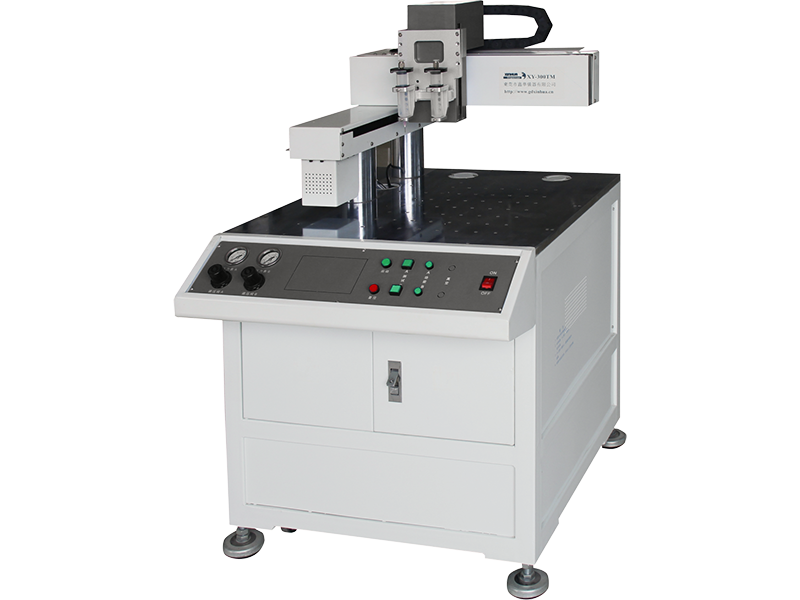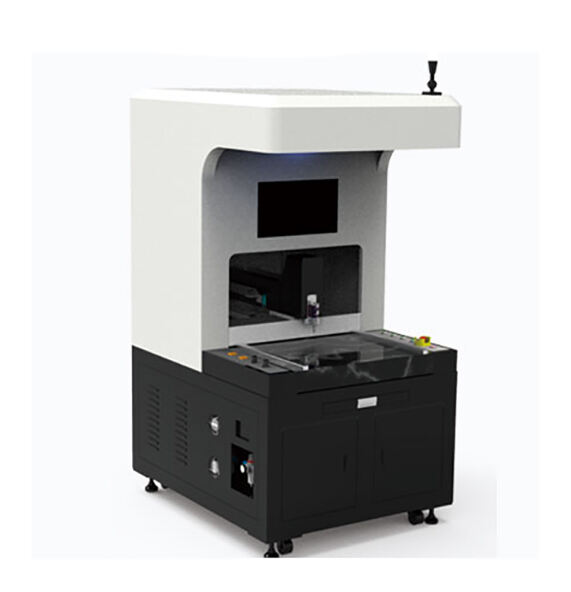 ×
×
A glue dispenser is a device designed to apply adhesive in a controlled manner and comes in two main types: manual and automatic. Manual dispensers require human effort to operate and are often used in settings where precision isn't paramount or electricity access is limited. In contrast, automatic dispensers use technology to dispense adhesives consistently and with greater precision, making them ideal for high-volume production environments.
The benefits of using glue dispensers are manifold. Firstly, they significantly reduce labor costs by minimizing manual labor associated with adhesive application. Additionally, they enhance the precision and accuracy of adhesive placement, which is crucial in industries requiring fine detail, such as electronics or automotive manufacturing. Consistent application reduces material waste and ensures uniform bond strength, improving product quality and reducing rework. According to a study by Transparency Market Research, advancements in glue dispenser technology have positively impacted production efficiency by meeting the increasing demand for precision and accuracy.
Statistics from industry experts emphasize the impact of glue dispensers on production efficiency. For example, automated systems can increase productivity by up to 40%, according to Adhesive & Sealant Industry magazine. This efficiency not only drives down operational costs but also enhances production capabilities, making glue dispensers a valuable investment for any manufacturing operation.
Glue dispensers greatly enhance precision and control over adhesive applications. By using glue dispensers, manufacturers can achieve exact measurements and control over the quantity of adhesive used, effectively reducing variability in application. This precision ensures that the right amount of adhesive is applied consistently, leading to improved product quality. For example, programmable glue dispensers can repeat precise deposit patterns, enhancing the accuracy and repeatability of adhesive applications, thus minimizing human error that often results from manual applications.
Additionally, glue dispensers significantly reduce waste and overuse of materials. By enabling precise dispensing, these devices minimize surplus adhesive, which translates to cost savings for manufacturers. This reduced waste not only benefits the bottom line but also has positive environmental impacts, aligning with an increasing industry emphasis on sustainability. The ability to apply exactly the right amount of adhesive without excess also cuts down on clean-up and residual waste, aiding eco-friendly manufacturing practices.
Furthermore, glue dispensers play a crucial role in improving efficiency on production lines. By automating the adhesive application, these dispensers can drastically increase the throughput of manufacturing processes. For example, studies in manufacturing settings have shown that automated adhesive dispensing can cut production times significantly, allowing manufacturers to meet higher volumes and tighter deadlines. In essence, dispensers streamline operations, reduce material waste, and enhance the overall speed and efficiency of production, contributing to a more cost-effective and reliable manufacturing process.
Glue dispensers play a pivotal role in the electronics sector by enhancing assembly processes. They are instrumental in assembling circuit boards and components where precision is crucial. By ensuring exact adhesive application, these devices help maintain consistency and reliability in complex electronic assemblies. Their ability to dispense small quantities precisely meets the need for high precision in microelectronic applications, such as bonding delicate sensor components or applying thermal interface materials in power management systems.
In the construction and woodworking industries, glue dispensers, particularly woodworking glue dispensers, are essential tools for creating furniture and fixtures. These dispensers provide controlled adhesive application, improving the structural integrity and longevity of wood products. By minimizing waste and ensuring uniform adhesive distribution, they support efficient production processes, which can otherwise be prone to human error and inconsistency when done manually.
In the realm of medical device manufacturing, the role of glue dispensers is heightened by stringent regulatory compliance requirements. These devices ensure the precise application of adhesives, which is critical for the safety and functionality of medical devices. By meeting the exact specifications needed for bonding medical components, dispensers help manufacturers adhere to industry standards and avoid costly recall issues associated with product failures. The focus on precision and reliability in adhesive application underscores their importance in producing safe and effective medical products.
The XY-D33403 Axis Glue Dispenser is a remarkable tool engineered for industrial efficiency. Designed for integration into assembly lines, this dispenser automates tasks without manual intervention. Its application spans multiple industries, including electronics for PCB part protection, LCD glass adhesion, and mobile phone board coating. With a working area of 400x400x120 mm, and an impressive moving speed of up to 800 mm/s for the X/Y axis, the machine maintains precision with a repeatability of ±0.03mm. These features make it invaluable for consistent, high-quality product output across various applications.

The XY-QE400 CCD Glue Dispenser elevates precision with its advanced CCD system that identifies product placement for accurate glue application. This capability ensures efficiency, even with non-uniform fixture arrangements. The dispenser operates with high-speed, up to 500 mm/s for the X/Y axis, and delivers superior accuracy in small volume applications. User testimonials praise its ability to boost production efficiency significantly, as it automates tasks around the clock. Its features make it suitable for precision-demanding industries, particularly valuable for operations needing reduced labor costs and 24/7 productivity.

Selecting the ideal glue dispenser involves assessing several critical factors to ensure optimal performance for your specific tasks. Key considerations include determining the size of the dispenser, which should align with your workspace and the volume of adhesive needed. Additionally, the type of adhesive used plays a crucial role; different adhesives require specific handling and application techniques. Finally, consider the application method, as this will determine the precision and efficiency of your workflow. Understanding these factors will help tailor your choice to meet operational requirements effectively.
Evaluating various glue dispenser models requires weighing their features against your application needs. For instance, certain models offer superior accuracy and repeatability, making them ideal for intricate bonding tasks. In contrast, others prioritize speed, advantageous for high-output environments. Comparing these features against user scenarios such as production volume and adhesive viscosity can guide you toward a dispenser that not only meets but enhances your operational efficiency. Real-world user testimonials and performance ratings also provide valuable insights into the reliability and functionality of different models, ensuring an informed purchasing decision.
Regular maintenance is critical to extending the life of your glue dispenser and ensuring optimal performance. Routine cleaning is essential; removing any adhesive residue from the nozzle prevents clogging and maintains a consistent flow of glue. Regular checks for wear and tear, especially in seals and moving parts, can help prevent unexpected failures and leaks. Lubricating components and verifying alignment will also ensure that the dispenser operates smoothly.
Common issues with glue dispensers include clogging and leaks, which can disrupt workflow. To solve clogging, regular cleaning and ensuring the glue's viscosity matches the dispenser's specifications are key. In case of leaks, checking for worn-out seals or incorrect assembly can often identify the problem. With these proactive measures, downtime can be minimized, and productivity maintained.